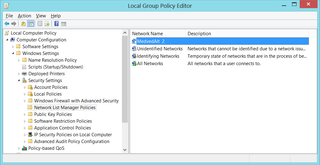Reader Is Gone
Few days ago Google made announcement that Google Reader is going the way of dodo. Personally I was quite annoyed with this because it was my RSS reader of choice, but there is enough time to search for alternative.
There were few reactions to this decision but most of them stayed in realm of realism. And then came Dvorak with his suggestion of Google releasing source code to public domain. Regardless of wishful thinking, this is never going to happen.
Google Reader is an old product and I can guess that its backend it very much reliant on Google’s infrastructure. Releasing it into wild would require quite a lot of work to make internal dependencies go away. Company that is closing down a product will not spend their engineers time to prepare product for future competitor.
Nor should it. Nobody expected WordPerfect to become open source as it was dying. And that was an excellent program that had a lot of users. Why would expectation be different for any other program just because it is on web? And don’t give me that crap about being able to use last version indefinitely. When program dies everybody switches to something else regardless of how good the last version was.
Even if it went open source I don’t think it would stay the Reader we know. First it would lose its simplicity. Everybody would add a feature or two to solve their particular problem. Lean Reader would soon start to get some fat and it would go the way of Firefox - nice browser that got way too much configuration options with time.
Google Reader is dead. Face it.
PS: Yes, I think that Google is being a bit evil. But it is not their first time nor it will be the last.

